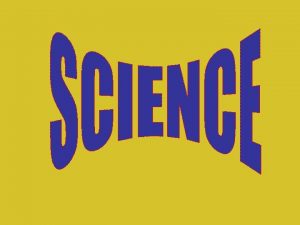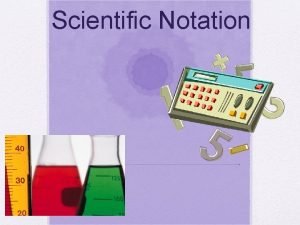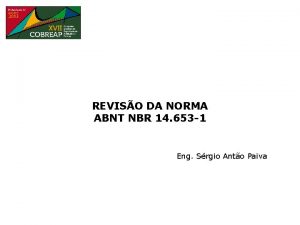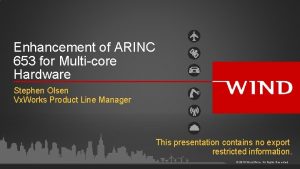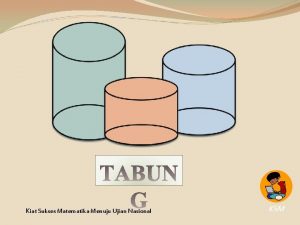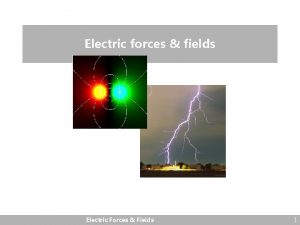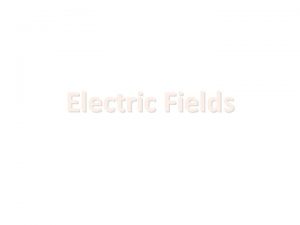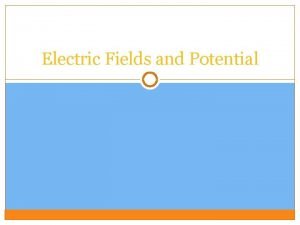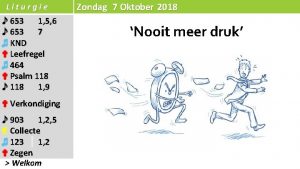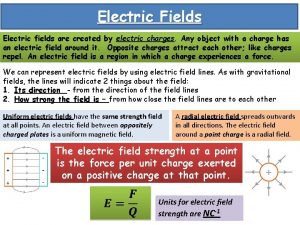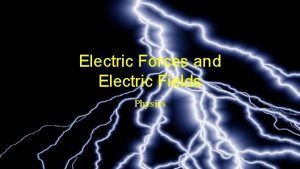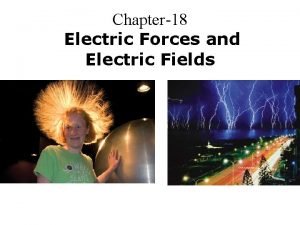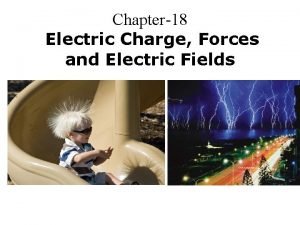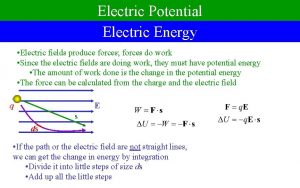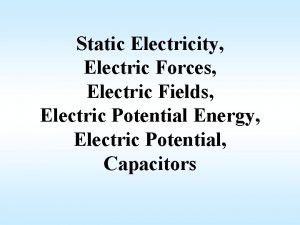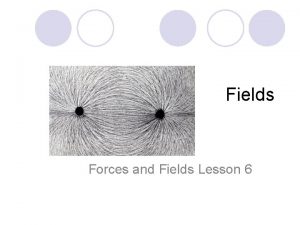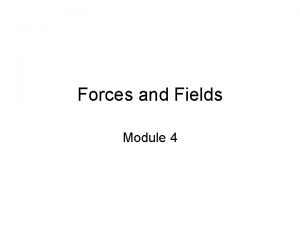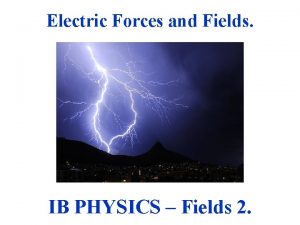Electric Forces and Fields Pgs 628 653 Electric














- Slides: 14

Electric Forces and Fields Pgs. 628 -653

Electric Charge • Two kinds of electric charges – Positive – Negative

Unlike charges attract Like charges repel

• Electric charges are conserved – No charge is destroyed or created • In an atom: • Electrons are gained or lost making the atom charged – called ions

• Electric charge is quantized – Charge occurs as discrete amounts in nature – Charge is always a multiple of a fundamental unit of charge – Symbol for charge is q (sometimes use e) – SI unit for charge is the coulomb (C)

Transfer of Electric Charge • Conductors – Materials that transfer charge freely – Ex. metals • Insulators – Materials that do not transfer charge easily – Ex. glass, rubber, cloth, plastic

• Semiconductors – Materials that fall between conductors and insulators – In their pure state – insulators – When specific atoms are added – increased ability to conduct charge • Superconductors – Perfect conductors when they are at or below certain temperatures

• Three ways to charge conductors and insulators • 1. Charged by contact – materials must be touching to transfer charge • 2. Charged by induction – Induction – process of charging a conductor by bringing it near another charged object and grounding the conductor


• 3. Charged by polarization – Polarization – in the presence of a charged object, the centers of charge in an insulator are realigned – This realignment of charge allows an object with a net charge of zero to attract or repel objects

• Charged objects exert a force on each other (Electric Force) • The closer two charges are, the greater the force between them • The force between two charges is proportional to the product of the two charges • Electric force is inversely proportional to the square of the distance between two charges

k. C =8. 99 x 109 N • m 2/C 2

The electron and proton of a hydrogen atom are separated, on average, by a distance of 5. 3 x 10 -11 m. Find the magnitude of the electric force.

• Electric Force is a field force • Coulomb quantified electric force with a torsion balance
 Electric forces and fields concept review
Electric forces and fields concept review Chapter 16: electric forces and fields answers
Chapter 16: electric forces and fields answers Red fields
Red fields Opwekking 653
Opwekking 653 653 000 in scientific notation
653 000 in scientific notation 653 000 in scientific notation
653 000 in scientific notation Nbr 14 653
Nbr 14 653 What is arinc 653
What is arinc 653 Electric charges and electric forces lesson outline
Electric charges and electric forces lesson outline Sondeur furuno fcv 628
Sondeur furuno fcv 628 Seseorang ingin membuat tabung dengan volume tabung 628 cm
Seseorang ingin membuat tabung dengan volume tabung 628 cm Learning: module 26: magnetic forces and fields
Learning: module 26: magnetic forces and fields Conceptual physics chapter 33
Conceptual physics chapter 33 Electric currents and magnetic fields
Electric currents and magnetic fields Visualizing magnetic field
Visualizing magnetic field




